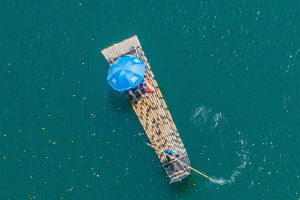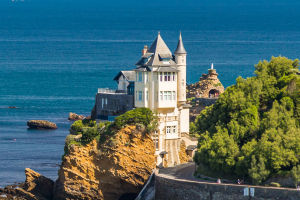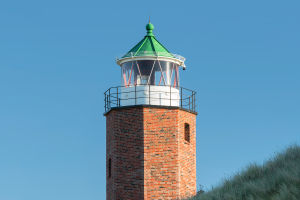Nestled in the heart of Salzburg, Austria, Mirabell Gardens is a stunning example of Baroque landscaping, offering visitors a tranquil escape amidst vibrant flowers, stately sculptures, and scenic views of the city.
The gardens are part of the Mirabell Palace complex, which dates back to the early 1600s.
Whether you’re a history buff, nature lover, or simply in search of a peaceful spot to relax, Mirabell Gardens promises a picturesque experience. In this guide, we’ll take you through the history, highlights, and practical tips for making the most of your visit to one of Salzburg’s most beautiful locations.
1. A Walk Through History: The Origins of Mirabell Gardens
Mirabell Gardens was originally designed in the 17th century as part of the Mirabell Palace, which was commissioned by the prince-archbishop Wolf Dietrich Raitenau. Over the years, the gardens have undergone several renovations and modifications, but their Baroque design has been preserved and remains a testament to the architectural and landscaping style of that era.
The gardens were originally laid out in a traditional Baroque style, with geometric patterns, symmetrical pathways, and ornate sculptures that reflect the design principles of the time. Today, visitors can still see the remnants of this design, including well-manicured flower beds, fountains, and impressive statues.
The gardens are famous for their magical ambiance, where lush greenery contrasts with the stone elements of the palace and surrounding areas, creating an idyllic atmosphere.
2. Must-See Highlights in Mirabell Gardens
There is so much to explore in Mirabell Gardens, making it an ideal place to stroll, relax, and enjoy the surrounding beauty. Here are some of the most notable attractions within the gardens:
The Pegasus Fountain:
One of the most iconic features of Mirabell Gardens is the Pegasus Fountain, located near the entrance of the garden. The fountain is adorned with a statue of the mythical Pegasus, a winged horse, and is a favorite spot for photographers.
The Floral Carpets:
Every spring and summer, the flowerbeds in the gardens are transformed into stunning floral carpets. With rows of meticulously arranged flowers in vibrant colors, the display changes with the seasons, offering a delightful sensory experience for visitors.
The Dwarf Garden:
One of the more whimsical features of the gardens is the Dwarf Garden, which is home to a series of fascinating dwarf statues. These statues, created in the early 18th century, represent figures from mythology and are arranged along the pathways of the garden.
3. Practical Information: Visiting Mirabell Gardens
Opening Hours & Entrance Fee:
Mirabell Gardens is open to the public year-round, with free entry. The gardens are accessible from early morning until dusk, making it easy to visit at your convenience.
Getting There:
Mirabell Gardens is centrally located in Salzburg, so it’s easy to reach by walking or using public transportation. If you're staying within the city center, you can walk to the gardens in just a few minutes.
The closest bus stops are Mirabellplatz and Salzburg Hauptbahnhof (the central train station), which are both within a short walking distance from the gardens. The Salzburg Card, which offers free admission to many attractions in the city, is also valid for public transport, making it convenient for visitors.
Accommodation:
There are several hotels close to Mirabell Gardens, ranging from budget to luxury. For mid-range accommodations, you can find comfortable rooms starting at around €80–€150 per night. If you prefer a more luxurious stay, consider Hotel Elefant or Hotel Bristol, where prices typically start at €200–€300 per night.
Mirabell Gardens is a must-visit destination for anyone traveling to Salzburg. With its lush gardens, historical significance, and stunning views, it offers a perfect blend of natural beauty and cultural heritage.
Whether you’re exploring the Pegasus Fountain, wandering through the Rose Garden, or simply enjoying a relaxing afternoon in this tranquil oasis, Mirabell Gardens has something for everyone!


